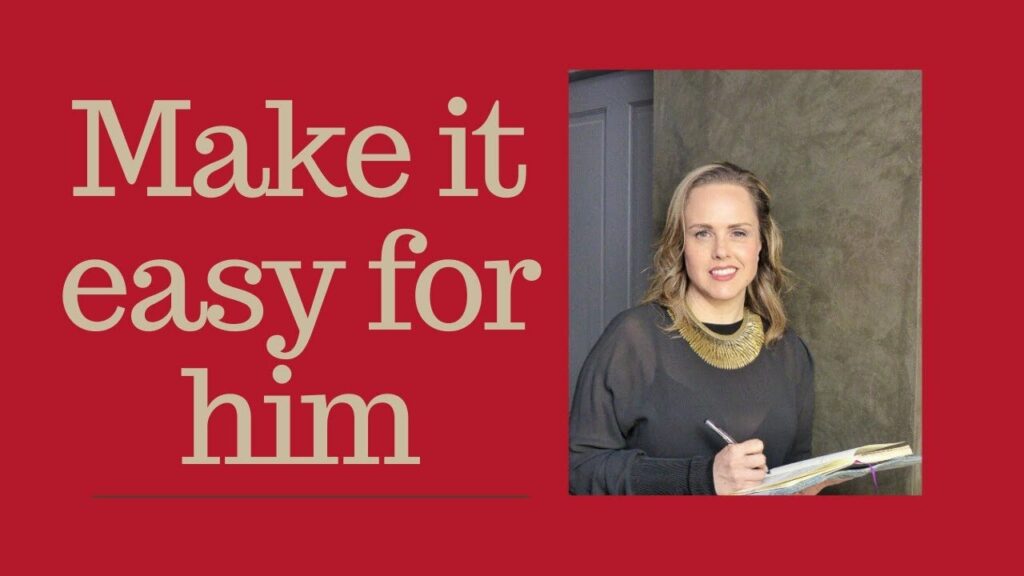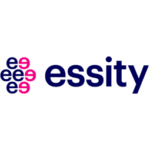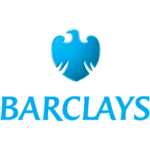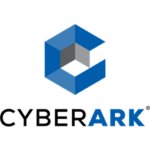If you don’t have an uber confident style, and you don’t want to have to develop one just to get ahead, this is the video for you. By the end you’ll know how to OWN your quiet confidence.
So here’s two tips on how to make the most of your quiet confidence and how to capitalise on them in the workplace today.
1. In new situations, overprepare.
You need to let your expertise do the talking, and often, that means overpreparing.
If you are anything like me, you may have noticed that the ‘smartest person in the room’ is not the smartest ‒ they’re just the best prepared. They’ve likely thought through at least two things:
First: what they want to get out of the meeting.
Second: how others will react in that meeting.
That means
- likely objections
- who else will be involved in the decision
- the other parts of an organisation, or even other organisations that decision will affect.
Make it clear you’ve thought through these things via your comments and questions. Include things like:
- When I was reading up on the topic, I noticed….
- When I talked to (another person in the business, a client, a competitor) etc., they observed…. How do we take that on?
- I was talking with (senior leader) about these issues, and she mentioned….
Derek Watson, who is the Quaestor and Factor (pretty much the COO) at the University of St. Andrew’s had an interesting observation on this one.
For Watson, taking feedback on as part of quiet confidence, is one of the most critical competencies those who want to be ‘promotion-worthy’ must demonstrate. As Watson told me:
- They highlight who may support you in a meeting.
- They help you address the challenges any naysayers raise. This step is important if you weren’t initially able to get them on board.
Addressing their concerns publicly will allow you to say you’ve them taken on board. Plus, it gives naysayers further evidence you want to collaborate with them.
2. Manage your projects in a way that works for your more quiet style.
This means if a project has always been done a certain way, it doesn’t mean it has to always be done that way. In fact, the quickest way that a business will fail – is if they continue to say things like ‘we’ve always done it this way’.
Alejandra Corona, who interviewed for the book told a really interesting story about this. Corona is a Marketing Executive based in Mexico City, now at Amazon, but who has spent over 20 years of her career working across for global companies in FMCG and Financial Services. She told me about where she grew her competence, and then confidence, only by understanding what had gone wrong with a critical project.
Corona told me: ‘When I began leading my area of the business – ‘baby care’, our nappies had slowly lost market share over several years. It was more of a slow ‘boiling of the frog’, so no one before me was particularly worried. Then one day, we lost our biggest market – Argentina.
She sighs remembering: Overnight any brash confidence went out the door, and with no explanation as to what we’d done wrong. We’d been following the standard practices set out by global HQ for marketing, based on what had worked in other markets. It made everyone doubt themselves, wondering ‘how could this happen when we were doing everything ‘right’. She described to me how the turnaround only came from taking a more quiet approach, and not listening to what HQ said needed to be done, but back to their customers.
She said ‘Our nappies were working for the rest of the world, but we discovered our entire Latin American market of new parents thought our lining felt too much like plastic. To them, it was like putting their newborn in a rubbish sack! Immediately, we saw a million things we were getting wrong and made immediate changes. The self-doubt we felt, made us look harder for the right answers, even if they weren’t the right answers for other regions. The turn-around was amazing and within three years, we crossed the 1 billion mark for sales and we’d regained the top market share across our main markets.
So the tip around this is to ensure that you use your quietly confident style to challenge the status quo, in this case HQ protocol, earlier, by using evidence. One thing you might say is: ‘I notice we’re not getting the results we’d normally expect, I’d like to try X’ or if you have a dubious colleague, turn it back on them by asking: ‘What do you think we’re missing as I’m concerned about the costs of not addressing this early enough.’
Now, the best superpower for the quietly confident? It’s other people’s underestimations of you!
Think about how people’s underestimations of you actually work in your favour? Now, turn that into your superpower!
Thanks for reading! You can get involved with our activity around the book by following #morecompetence on Twitter and Instagram.
Please share it with your friends and colleagues too – it’s the only way we can make the biggest impact.



































